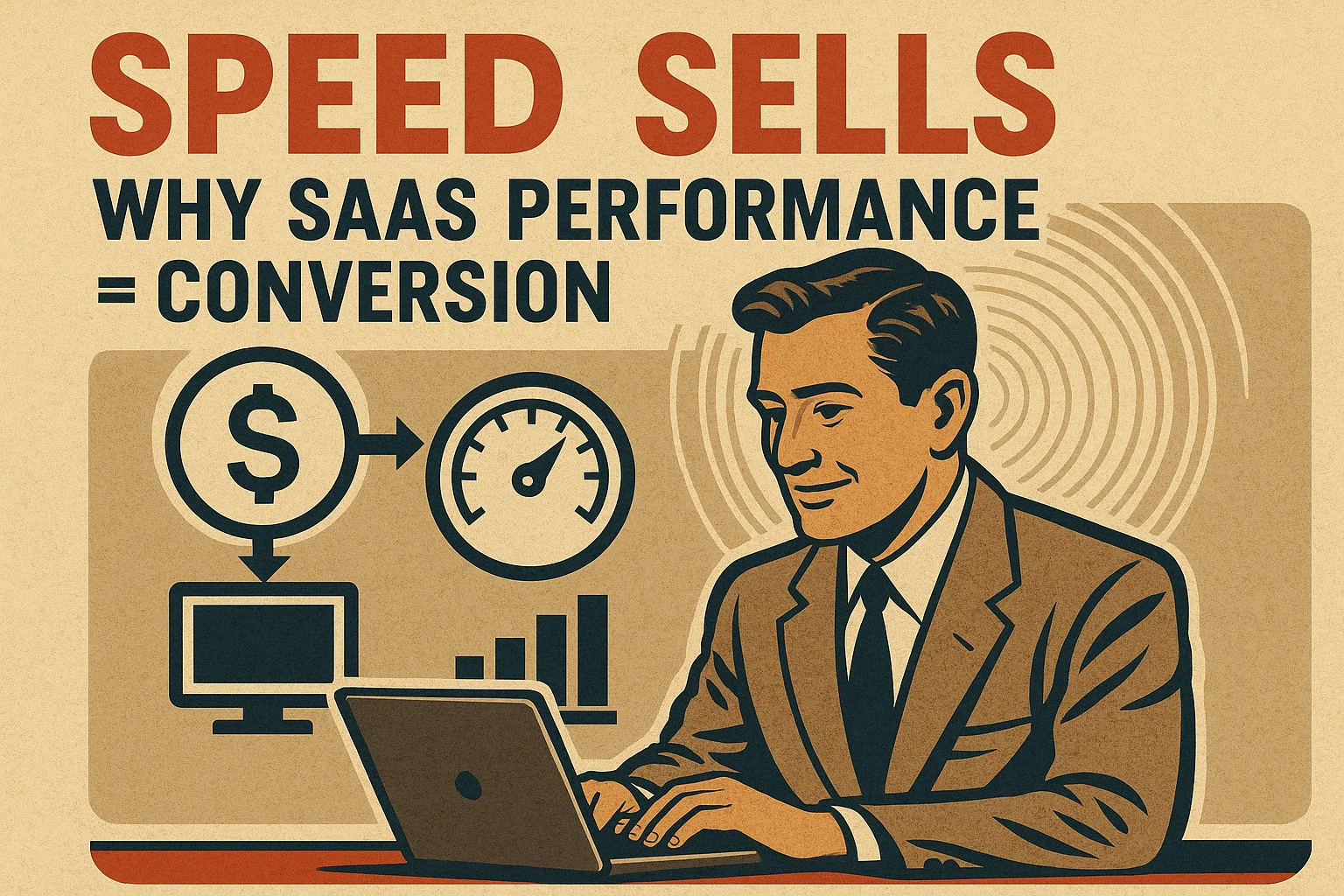Why Speed is No Longer a Luxury in SaaS
In the era of real-time collaboration, microservices, and global teams, speed is no longer a luxury—it's the baseline. When users sign up for a SaaS product, they expect it to respond as fast as they can think. If your app stalls, buffers, or hesitates, that customer is already halfway to your competitor.
Multiple studies (and common sense) show that every extra second of load time results in measurable drops in user satisfaction, engagement, and ultimately—conversion. Google itself reported that a 1-second delay in mobile load times can impact conversion rates by up to 20%. That’s not a rounding error. That’s lost revenue.
Learn how we build high-performance SaaS platforms
What Exactly Is "Performance" in SaaS?
Performance in SaaS isn’t just about load time. It’s about:
- Time to First Byte (TTFB): How quickly your server responds.
- Page Interactivity: How long before the user can do something.
- Backend Processing Time: Especially important for admin panels, dashboards, or data-heavy tools.
- API Response Time: If your frontend is waiting on slow APIs, you’re toast.
- Client-Side Rendering Speed: Bad JavaScript equals bad UX.
All of these touchpoints contribute to the user's perception of speed—and perception is reality.
Explore our Laravel Web Development Services
The Link Between Speed and Conversion
Conversion isn’t just about persuasive CTAs or slick UX. If the product feels sluggish, people will bounce—even if it’s beautifully designed.
Speed influences:
- Trial-to-paid conversion rates
- Checkout completion
- Feature adoption
- User satisfaction (NPS, reviews)
- Churn prevention
Fast apps feel modern. Slow ones feel broken. Guess which ones get paid.
Where Founders Get It Wrong
Founders often pour money into features, marketing, and UI polish while treating performance as an afterthought. But guess what? No one sees your sleek UI if the app doesn't load.
Performance should be baked into your architecture, hosting, and dev process from day one. Don’t let tech debt accumulate like plaque in your conversion arteries.
Want to avoid common performance pitfalls? Check out our Node.js services for scalable apps
How to Actually Optimize SaaS Performance
Here’s where the engineering rubber meets the revenue road:
- Choose lightweight frontend frameworks like Svelte or Next.js.
- Use CDN for assets (Cloudflare, AWS CloudFront).
- Implement lazy loading to prioritize content.
- Optimize backend queries—use indexes, cache intelligently.
- Instrument performance metrics (use tools like New Relic, Datadog).
- Minimize third-party scripts unless they add real value.
TL;DR for SaaS Product Owners
You’re not selling software. You’re selling experience. And speed is the backbone of that experience.
In a market where 5 other startups do what you do, faster can literally mean better in the customer’s eyes. So yes, performance = conversion.
Want to learn more? Explore our web development services to see how we help SaaS companies win the speed game.




